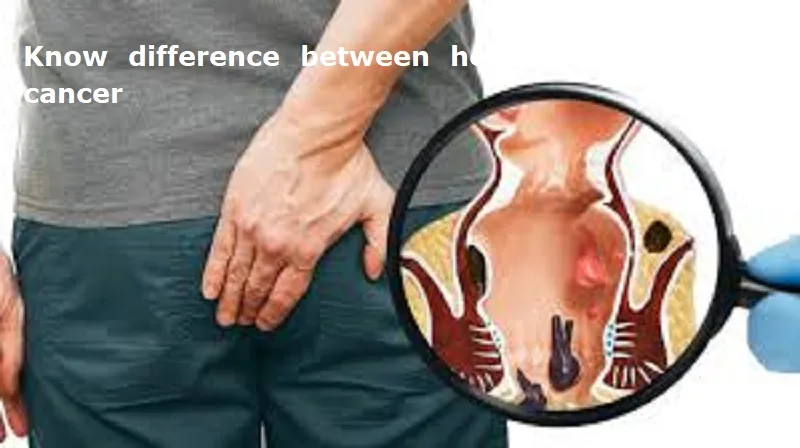
Haemorrhoids are swollen blood vessels that cause irritation and anal cancer is a more serious condition that requires medical intervention. But, both anal cancer and haemorrhoids share similar symptoms. Both conditions can cause rectal bleeding, discomfort, and swelling.
Symptoms of haemorrhoids
Haemorrhoids, also known as piles, occur when veins in the rectal or anal area become swollen due to strain. Common causes include chronic constipation, pregnancy, and prolonged sitting. Symptoms of haemorrhoids include the following:
1. Rectal bleeding
Bright red blood on toilet paper or in the toilet bowl after a bowel movement is a common sign of haemorrhoids.
2. Itching and irritation
The swollen veins may cause discomfort and itchiness around the anus.
3. Pain or discomfort
Internal haemorrhoids are usually painless but can bleed, while external haemorrhoids may cause pain and swelling.
4. A lump near the anus
A small lump may form due to clotting in an external haemorrhoid, which can be painful and tender.
Symptoms of anal cancer:
Anal cancer is a rare form of cancer that develops in the tissues of the anal canal. It is commonly linked to human papillomavirus (HPV) infection. Symptoms of anal cancer include the following:
Also Read: Know symptoms of anaemia during pregnancy
1. Unexplained rectal bleeding
Unlike haemorrhoids, bleeding from anal cancer may occur without bowel movements.
2. Persistent anal pain
A dull, aching pain that does not subside over time is a warning sign.
3. Changes in bowel habits
Chronic diarrhoea, constipation, or a feeling of incomplete bowel evacuation may indicate anal cancer.
4. Lumps or mass in the anal area
Unlike haemorrhoids, cancerous growths do not shrink or disappear on their own.
5. Unusual anal discharge
A mucus-like discharge or pus may indicate an underlying infection or cancer.
Risk factors for anal cancer and haemorrhoids:
1. Risk factors for haemorrhoids
Chronic constipation, excessive straining, low-fibre diet, obesity, and prolonged sitting.
2. Risk factors for anal cancer
HPV infection, weakened immune system, smoking, and a history of anal warts.

Post Your Comments